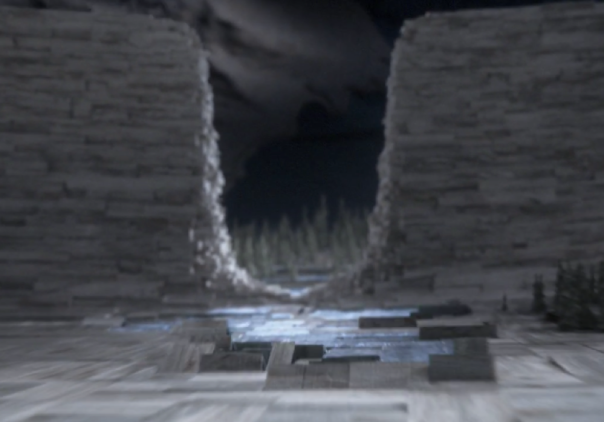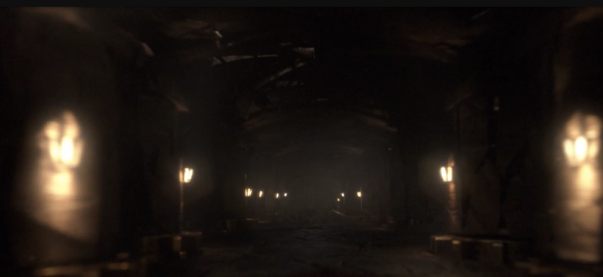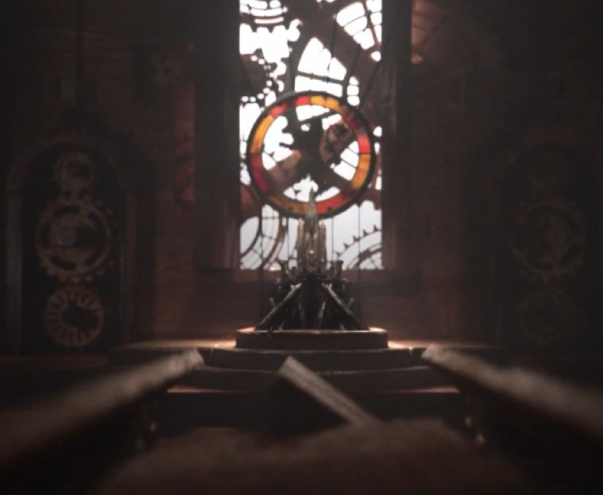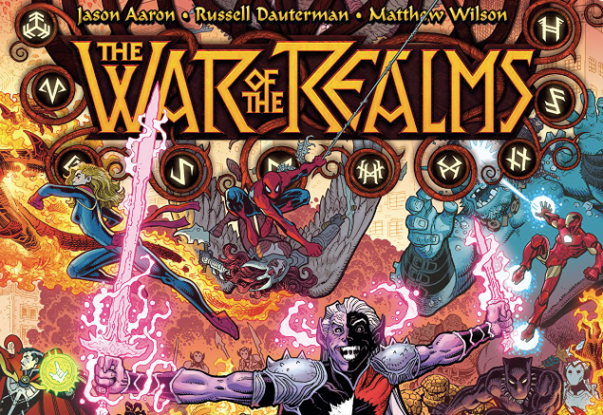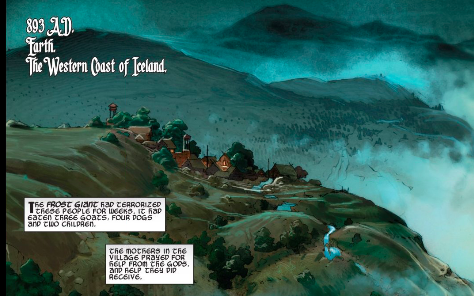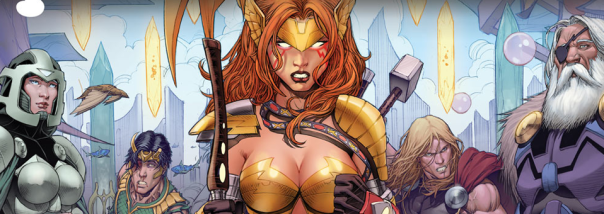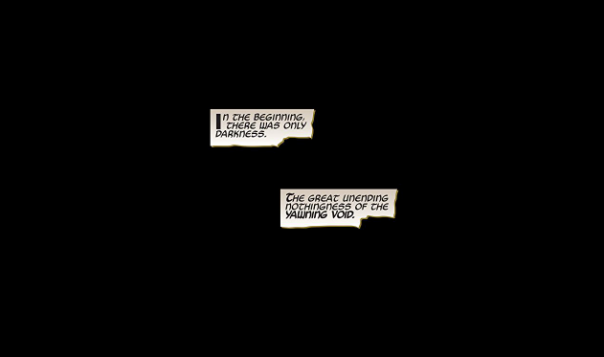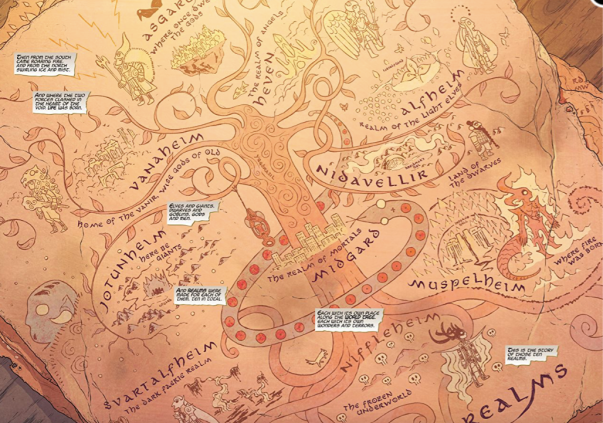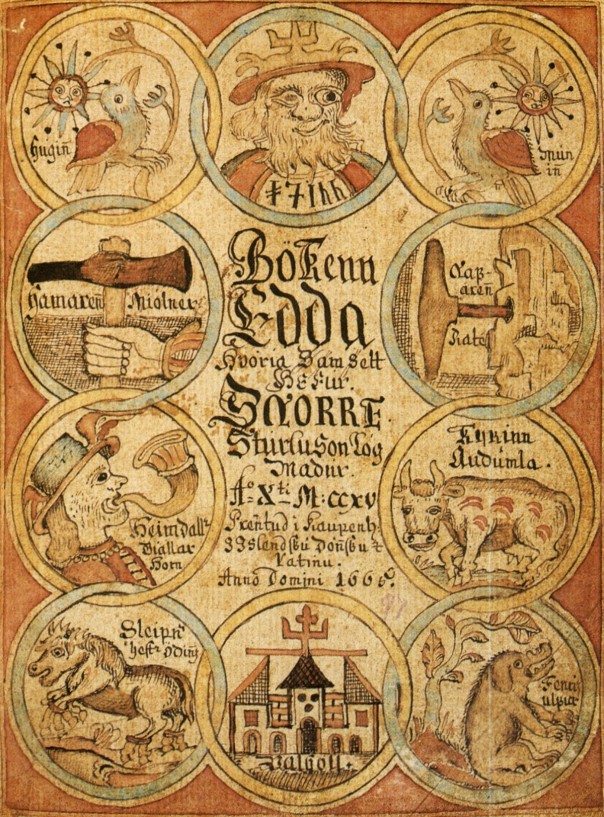According to the UN Climate Report released last summer, we have just 11 years to address climate change.
So, it’s a good thing the US government’s taking this threat seriously and acting accordingly. Oh, wait…
For some reason, pointing out the scientific studies on man-made climate change is controversial. This shouldn’t be so, as we’ve known the facts for a while now. Agencies like NASA and companies such as Exxon Mobile have actually been monitoring the devastating effects of climate change for decades—with warming oceans, rising sea levels, and rising global temperatures being just some of the notable effects. Then again, Flat Eartherstraveled from around the globe to meet for an international conference in Colorado last year, so all bets are off when it comes to people accepting the scientific method.
Sadly, humankind’s greatest lasting achievement might be the destruction of this planet’s ability to sustain life. (Sorry, but the pyramids, the Renaissance, Sputnik, and even cat-memes just don’t compare to the last effects of planetary engineering achieved in a century of irresponsibly bombarding the atmosphere with CO2).
Climate science is not something up for debate. People can disagree with each other—not with nature itself. There is no arguing with science (and those who argue about how to interpret scientific data need to be scientists). Denying science is like trying to stop a bullet by saying you don’t believe in Newton’s Laws. Objective reality is just one of those things not up for debate. And objectively, the facts are simple: either we act now to keep global temperatures from rising more than 2° Celsius above what they were prior to the Industrial Revolution by the year 2030 or it will be too late.
Some might imagine unwashed crazy doomsayers carrying signs reading THE END IS NIGH. To anyone worried about this, let’s be clear: the end isn’tnigh. It’s already started. Climate change has increased the oceans’ acidity, created refugee crises, and is a major factor in the extinction of thousands of species in the Sixth Extinction. But it’s not all despair. Oh no, see, total despair is what we have to look forward to in the near future. Experts at organizations ranging from World Health Organization to the United Nations the World Bank agree that the threat will devastate humanity.
This is not fearmongering or hyperbole. This is a consensus reached by the world’s experts on the topic. From William Vollman’s two-volume book Carbon Ideologies to David Wallace-Wells’ The Uninhabitable Earth to the UN-backed global community of climate scientists have described looming apocalyptic scenarios.
We should listen to the experts. We pay trained doctors or lawyers for their specialized skillsets. It shouldn’t be any different for climate scientists–just as you wouldn’t trust some rando voicing strong opinions on the internet to perform open heart surgery, maybe don’t trust them when they claim to disprove the scientific consensus reached by the world’s climate experts).
However, for those unaware of the specific science, here are a few data points. Since 2001, the planet has had 18 of the 19 hottest years ever recorded. Carbon dioxide in the air has risen from 338 parts per million in 1979 to 405 parts per million in 2017—something never previously achieved in the 800,000 years observed in ice core records. Half of all of the carbon dioxide emissions ever put into the atmosphere have been released since 1989.
Reactions to the realization of climate change by experts and non-experts have been varied. Oil and gas companies have invested millions annually in suppressing the information despite being aware of the relationship between climate change and CO2 levels since the 80s. Politicians in the pay of oil companies have likewise dismissed the phenomenon, as was seen with James Inhafoe famously claiming a snowball was proofthat climate change was a hoax or Diane Feinstein, who dismissed the pleas of children begging her to preserve the planet for a viable future. Children across the globe are striking in mass protests.Trump’s appointment to head NASA, Jim Bridenstine—a former denier of climate science—looked at the vast collection of data the agency had accumulated and changed his stance when he realized the data proving the effects of man-made climate change were undeniable.
Still, the scientific claims of experts in the field continue to be dismissed with the same callous ignorance with which Americans disregard the human rights violations the country perpetrates on a daily basis. What’s the end of the world next to quarterly profit margins and building a medieval fortification along the southern border, right? And tragically, attitudes seem unlikely to change. While the famous image of a stranded polar bear floating alone on an ice drift has become a cliché and people have lax attitudes about melting permafrost, it is hard to imagine what it would take wake people to action.
(Seriously, the permafrost is melting! PERMA-frost! Which we expected to be a permanent feature to the point that humanity built our seed storehouse meant to survive the apocalypse in Norway’s permafrost—it’s melting!)
The Green New Deal seems to be the best answer anyone has proposed.
The Green New Deal proposes to both create jobs and improve America’s infrastructure by promoting green technology. New technological developments have made green energy cheaper to produce than coal, creating an opportunity for economic growth—since saving the planet from destruction apparently isn’t enough incentive.
Critics of the Green New Deal have cited a report from the conservative think tank American Action Forum, which claimed that the proposed Deal would cost somewhere between $54 and $93 trillion. This claim has repeatedly been dismissed. And even if it did cost that much, this would be money that 1. is invested into the economy 2. to prevent a climate apocalypse that 3. would be much cheaper than the costs of the damage done if we fail to prevent climate change.
This last point was made by Representative Alexandria Ocasio-Cortez(AKA, the legendary AOC) during a recent interview with MSNBC host Chris Hayes:
“We could solve all the environmental issues in the world. If those climate policies and solutions are drafted onto the existing framework of economic injustice, then we will perpetuate our social problems…The Yellow Vests in France are a perfect example of what happens when you do not address economic and social justice in the same sweep as climate police, because what happens is A. the policy becomes unsustainable, B. society starts to fall apart—which is what happens in income inequality, and then C. we don’t actually solve the environmental issue.”
So, that’s the problem. If we solve climate change, we might also have to challenge our economic models that allow some people to profit from systemic injustice and income inequality. Well, better not let the poor have their way. Much better to let the world end, eh?
During the discussion, another panelist, the Policy Director for the Union of Concerned Scientists Rachel Cletis, followed up AOC’s comments by pointing out the direct link between climate change and class suffering as those who have the least are already suffering some of the most visible effects of climate change.
Other proposed solutions to climate change appear less productive. Republican Mike Lee’s unhelpful claim that babies are the answer to climate change ignores two major realities: 1. humans have a huge carbon footprint and 2. those babies will die horrible climate-related deaths if we don’t stop climate change in the next 11 years. The rising popularity of ecofascism has its followers advocating for racially discriminatory and often genocidal solutions, apparently believing that killing enough people will reduce the global carbon footprint. (Note: if your solution to reducing the CO2emissions is genocide, you’re wrong. In fact, if your solution to anything takes its inspiration from Hitler’s Final Solution, you are actually the problem and eco-friendly).
And then there’s the most Matrix response that’s been proposed: blocking out the sun (no, it won’t STOP climate change, but could delay the effects, and it’s in keeping with the current trends to turn the planet into a grim sci-fi dystopia, which is an improvement to other solutions for even marginally rooted in science at all.)
The issue of tackling climate change (and acknowledging science is real) is now a partisan one in the US, with Republicans famously tied to Big Oil and denying the claims of climate scientists. President Trump has repeatedly denied the effects of man-made climate change, suppressed the publication of scientific findings on the topic, and appointed climate deniers to key positions in his administration. In her book No Higher Honor: A Memoir of My Years In Washington, the former Secretary of State Condoleeza Ricecriticizes then-President George W. Bush for knowing climate change was a threat but not taking it seriously enough. Sadly, such denialism clearly did not end with Bush.
However, it is unfair to criticize just one party for failing to act. Some Democrats oppose the Green New Deal as unrealistic, such as Senator Diane Feinstein, who has received in excess of $250,000 from the oil lobby. Hillary Clinton received a backlash from many on the left for her attempt to stay neutral regarding the brutal tactics employed against protesters trying to protect the Standing Rock Sioux from the Dakota Access Pipeline during her 2016 Presidential Campaign; that Clinton received $1.5 million from the Oil Lobby may explain some of this. (the Dakota Access Pipeline has also leaked five times in six months, so maybe we should’ve listened to the protesters instead of paying mercs to quell their last sparks of hope with freezing fire hoses.)
Thankfully, almost every Democratic candidate running for President supports the Green New Deal.
It is no longer acceptable to be on the fence about this because we are quite simply running out of time. For thirty years, the effects of CO2emissions on the environment have been known. Now, the planet has 11 years to cut emissions in half.
There are many reasons to act now with a proposal like the Green New Deal. Green energy is easier and cheaper to implement now than ever before. The jobs created will stimulate the economy and combat systemic income inequality. It will make Trump really angry when it passes (which is like a million good reasons for every rage-Tweet he makes on the topic). But those are all political reasons, and politics is a matter addressed among people with differing opinions. As we said before, science can’t be argued with.
The hard truth is this: we act to save the planet in the next eleven years or most of life on Earth will die. The choice shouldn’t be a hard one.
